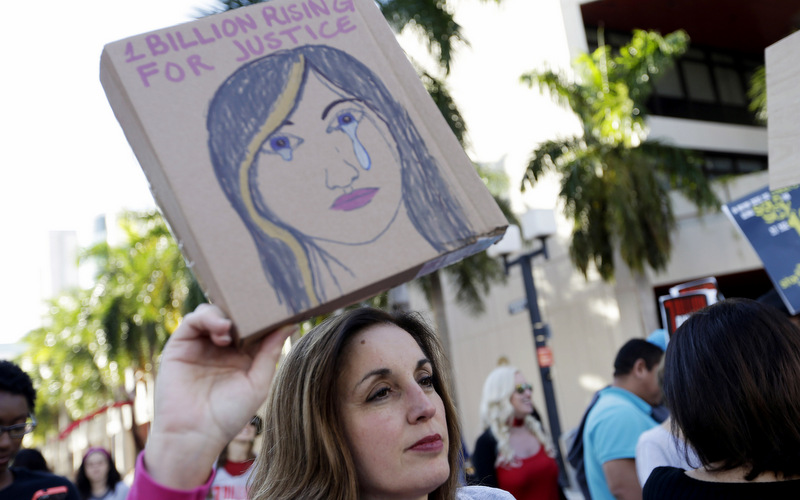
Rice University student Reny Jose, 21, disappeared after walking out of a beach house in Panama City, Fla., on Monday. Jose, who was in Florida over the weekend for Spring Break, was reported missing the following morning. Police found his clothing and cellphone in a garbage can near the rented house he had been sharing with friends.
Jose’s disappearance reflects a grim reality of Spring Break: as students flock to the beach during the annual break, the danger of abduction into human trafficking ratchets up.
In the United States, human sex trafficking is a growing epidemic. According to the Federal Bureau of Investigations, it is the fastest-growing organized crime business and the third-largest criminal enterprise in the world.
Human trafficking represents a $9.5 billion per year industry in the U.S, according to U.N. statistics. The National Human Trafficking Resource Center reports that there have been 9,298 unique cases of human trafficking in the past five years, with 41 percent of all American sex trafficking cases referencing U.S. citizens as victims. Only 15 percent of all those referenced as victims of sex trafficking were male.
While not every Spring Break disappearance is related to human trafficking, the reality that predators could be drawn to dense populations of partying youths should be taken into consideration. In 2009, for example, Brittanee Drexel of Rochester, N.Y., then 17 years old, disappeared while on Spring Break with her friends in Myrtle Beach, S.C. Drexel was last seen on surveillance video leaving a popular hotel.
“It feels like the first day she went missing. It’s been a long difficult road, but we’re still holding out hope Brittanee is still out there,” Dawn Drexel, Brittanee’s mother, told Carolina Live on the four-year anniversary of her disappearance. “I take it day by day. You know some days are more difficult than others.”
States such as South Carolina, Georgia, Florida, Texas and Arizona find themselves to be ideal targeting grounds for human trafficking. “We’re kind of a perfect storm, too, with the agricultural community, the hospitality community, the tourism, the transients,” said Thomas Lares, director of the Greater Orlando Human Trafficking Task Force.
“It’s a real hot spot, too, whenever there is large conventions, sporting events, for traffickers to exploit victims,” he noted.
Recent expansions to the law have made combating sex trafficking easier. In January, the U.S. Court of Appeals for the Eighth Circuit ruled that persons arranging for or having sex with a child under the age of 18 who was trafficked, are to be considered human traffickers and punished accordingly. The cases in question — U.S. v. Jungers and U.S. v. Bonestroo — involved the arrests of two South Dakota men who were caught in a police sting when they responded to ads for an 11-year-old girl and 14-year-old twins, respectively.
While the district court overturned the convictions, the Court of Appeals ruled that anyone who “knowingly … recruits, entices, harbors, transports, provides, obtains or maintains [a child] by any means” can be charged and punished as a human trafficker. It also ruled that trafficking “readily includes the actions of a purchaser whose sole purpose is obtaining a child for sex.”

